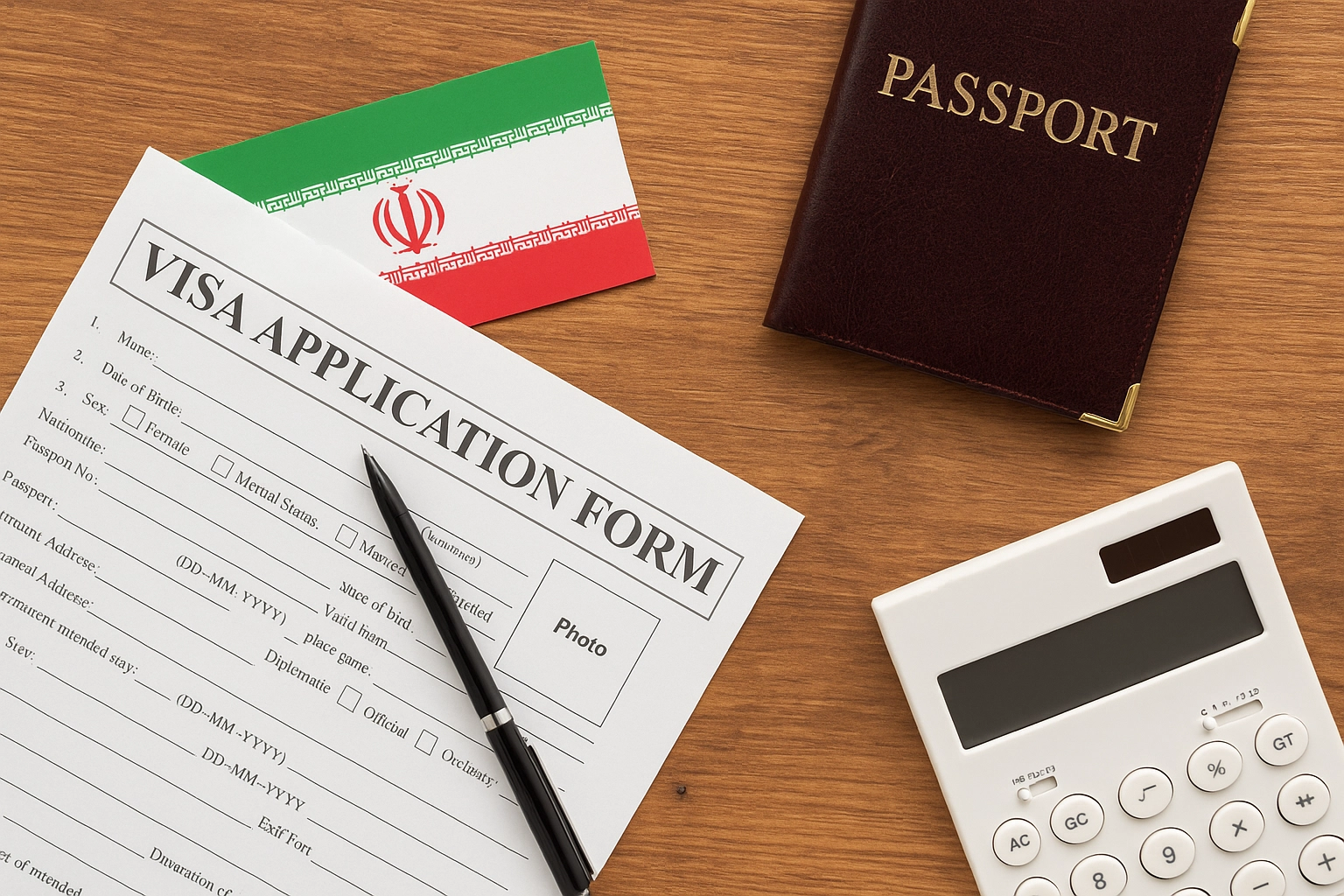If you’re planning a trip to Iran, understanding visa requirements is essential. Iran has expanded its visa exemption policy to include 33 countries, offering travelers easier access without a visa for a set duration. Let’s break it down:

Visa-Free Entry
Iran has bilateral agreements with these countries, meaning their nationals can visit without a visa for a specified period:
– Georgia
– Armenia
– Turkey
– Syria
– Kazakhstan
Additionally, Iran unilaterally grants visa-free entry or visa-on-arrival to these nations:
– Azerbaijan
– China
– Hong Kong & Macau
– Oman
– Egypt
– Bolivia
– Venezuela
– Malaysia
New Visa-Free Countries
Recently, Iran expanded its policy to cover 30 more countries, across multiple regions:
– Gulf & Middle East: Saudi Arabia, Qatar, UAE, Bahrain, Kuwait, Lebanon
– Caucasus & Central Asia: Russia (group travel only), Uzbekistan, Kyrgyzstan, Tajikistan
– Africa: Tunisia, Tanzania, Mauritania, Zimbabwe, Mauritius, Seychelles
– East Asia: Japan, Indonesia, Singapore, Vietnam, Cambodia, Brunei
– Latin America: Brazil, Mexico, Peru, Cuba
– Europe: Croatia, Serbia, Bosnia & Herzegovina, Belarus
– South Asia: India
Visa-Free Group Travel for Russians
Iran has a group visa-free agreement with Russia, allowing groups of 5 to 50 travelers to visit without a visa, provided they book through a registered travel agency.
Who Still Needs a Visa?
If your country isn’t on this list, you’ll need a visa to enter Iran. The easiest option is to apply for an e-visa online via the [Ministry of Foreign Affairs website](https://evisa.mfa.ir/en/). Some nationalities qualify for visa-on-arrival, but travelers from the U.S., UK, Canada, Jordan, Somalia, Colombia, Afghanistan, Pakistan, and Bangladesh must follow additional procedures.
Final Tips
Visa policies can change, so always double-check the latest regulations before booking your trip. If you need a visa, apply in advance to avoid any last-minute hurdles.

Comments are closed.